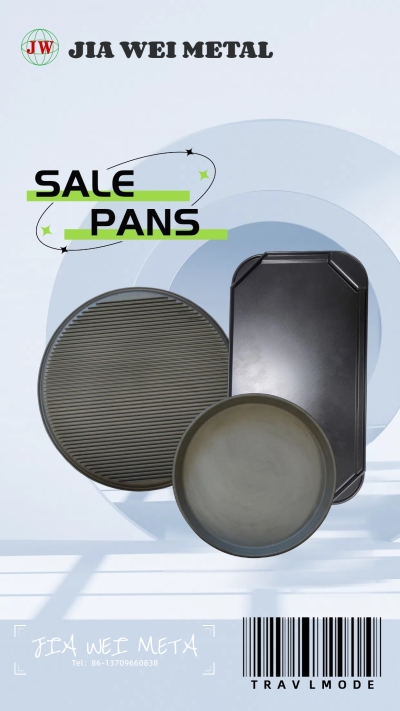
Die Casting: The Backbone of Furniture Accessories Innovation
2025-05-26 15:30
In the dynamic realm of furniture manufacturing, die casting has emerged as a pivotal technology, redefining the production of furniture accessories. This sophisticated manufacturing process, which involves injecting molten metal under high pressure into precisely engineered molds, is not only elevating the quality and functionality of furniture componentsbut also fueling creativity and sustainability within the industry.
Die casting offers unparalleled precision and consistency in creating furniture accessories. Whether it's the intricate handles that add a touch of elegance to cabinets, the robust hinges ensuring smooth door operation, or the sturdy legs providing stability to tables and chairs, die-cast components are crafted with meticulous attention to detail. The high-pressure nature of the process guarantees that each piece adheres to strict dimensional tolerances, resulting in seamless integration with other furniture parts. This precision minimizes the need for post-production adjustments, streamlining the manufacturing process and reducing costs.
One of the most significant advantages of die casting in furniture accessory production is the wide range of materials that can be utilized. Aluminum alloys are particularly popular due to their lightweight yet strong properties. They offer excellent corrosion resistance, making them ideal for furniture used in various environments, from humid bathrooms to outdoor patios. Zinc alloys, on the other hand, are favored for their ability to achieve intricate designs with sharp details, perfect for creating ornate decorative elements. Magnesium alloys, known for their ultra-lightweight characteristics, are increasingly being used in the production of portable furniture, such as folding chairs and tables, where reducing weight without sacrificing strength is crucial.
The aesthetic appeal of die-cast furniture accessories cannot be overstated. Manufacturers can achieve a variety of surface finishes, from smooth and polished to textured and rustic, through processes like electroplating, powder coating, and anodizing. These finishes not only enhance the visual appeal of the accessories but also protect them from wear and tear, extending their lifespan. For example, a die-cast aluminum drawer handle with a brushed nickel finish can transform a simple piece of furniture into a statement item, adding a touch of luxury and modernity to any interior space.
Functionality is another area where die casting truly shines. In the case of furniture hardware, such as drawer slides and cabinet latches, die-cast components offer superior durability and performance. They can withstand frequent use and heavy loads, ensuring that furniture remains functional and reliable over time. Moreover, die casting allows for the integration of multiple functions into a single component. For instance, a die-cast hinge can be designed to incorporate a soft-close mechanism, providing a silent and gentle closing action that enhances user experience and reduces the risk of damage to the furniture.
Sustainability is becoming an increasingly important factor in the furniture industry, and die casting is well-positioned to contribute to this trend. Many of the metals used in die casting, including aluminum and zinc, are highly recyclable. By recycling scrap metal from the manufacturing process and using recycled materials in new production runs, furniture manufacturers can significantly reduce their environmental impact. Additionally, the durability of die-cast components means that furniture lasts longer, reducing the frequency of replacements and minimizing waste.
The applications of die-cast furniture accessories span across various furniture segments. In the residential market, they play a crucial role in enhancing the comfort, convenience, and style of homes. From the sleek handles on kitchen cabinets to the sturdy legs of bedroom vanities, die-cast components add value and functionality to everyday furniture. In the commercial sector, such as hotels, restaurants, and offices, die-cast furniture accessories are selected for their ability to withstand heavy use and maintain their appearance over time. They contribute to creating inviting and professional environments that leave a lasting impression on customers and employees alike.
Looking ahead, the future of die casting in the furniture accessories industry is filled with promise. Advancements in technology, such as the development of more advanced die-casting machines and the use of computer-aided design (CAD) and simulation software, are enabling manufacturers to create even more complex and innovative components. These tools allow for the optimization of designs before production, reducing the likelihood of errors and improving overall efficiency.
The integration of smart technologies into furniture is also opening up new opportunities for die-cast accessories. For example, die-cast components could be designed to house sensors and connectivity modules, enabling features like automated adjustments, remote control, and monitoring. This trend towards smart furniture is likely to drive further innovation in die casting, as manufacturers seek to develop components that are not only functional and aesthetically pleasing but also technologically advanced.
In conclusion, die casting has become an indispensable part of the furniture accessories manufacturing process. Its ability to combine precision, functionality, aesthetics, and sustainability makes it a key driver of innovation in the industry. As furniture manufacturers continue to strive for excellence in design, quality, and environmental responsibility, die casting will undoubtedly play an even more significant role in shaping the future of furniture
Get the latest price? We'll respond as soon as possible(within 12 hours)












